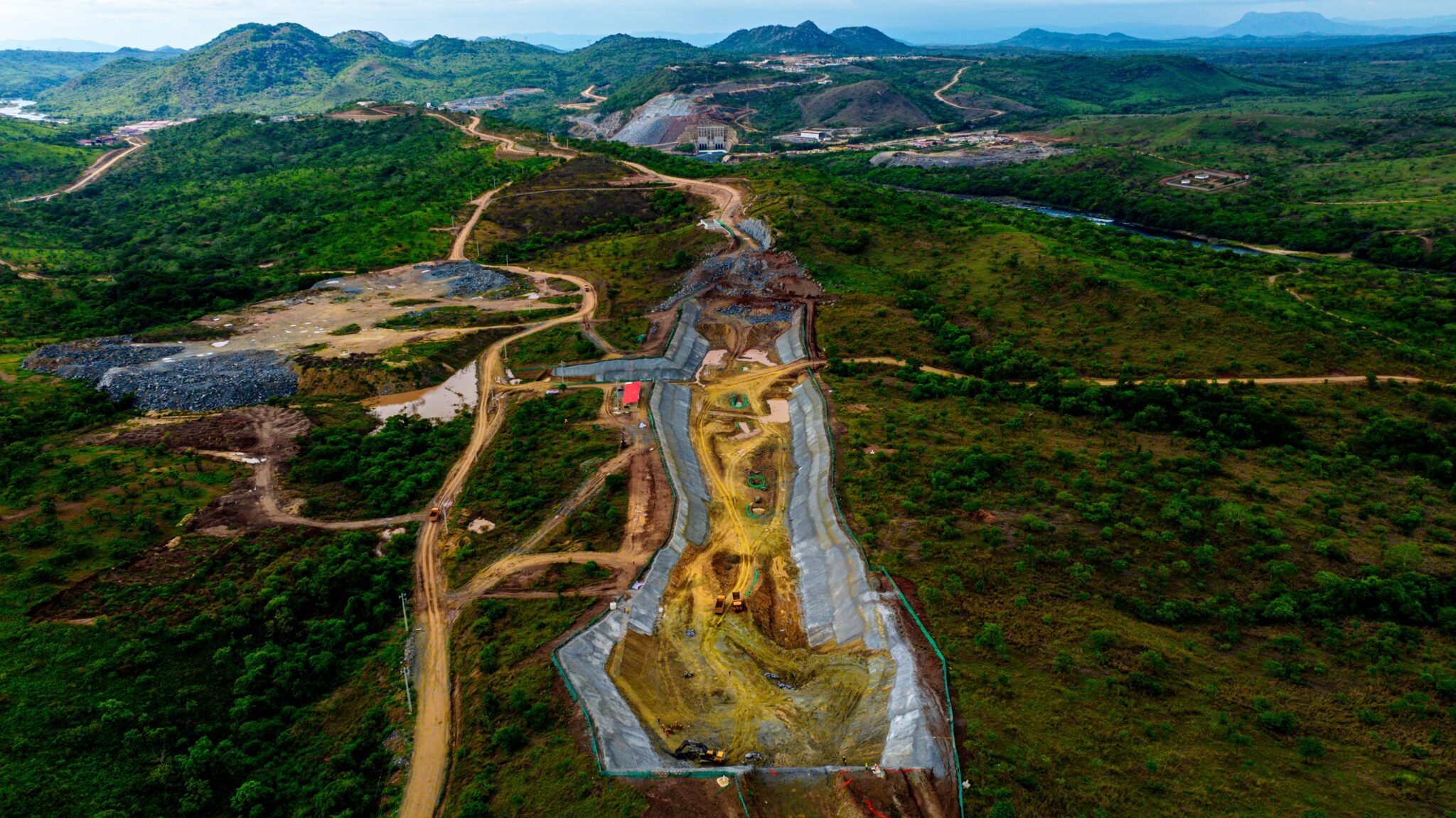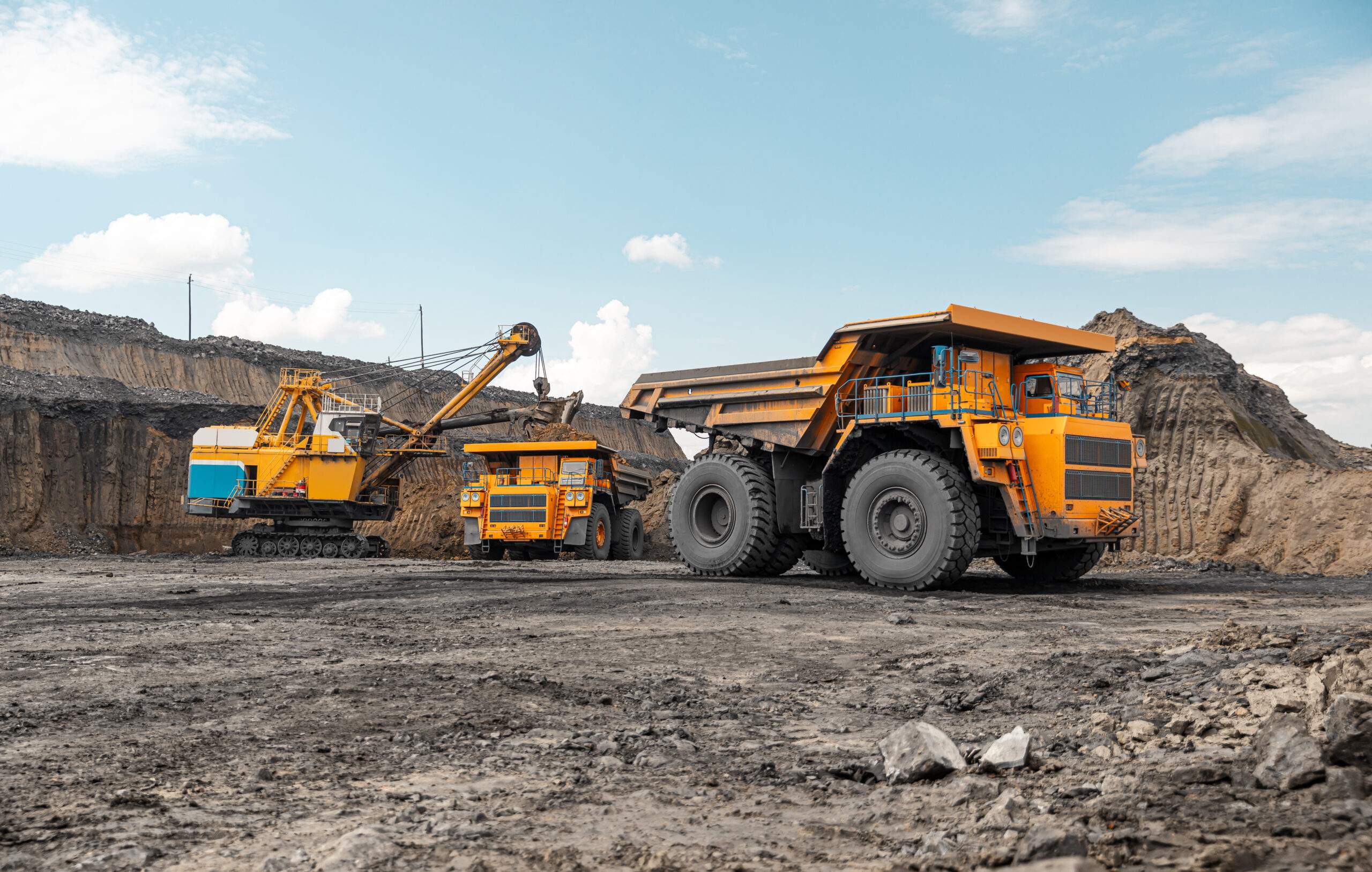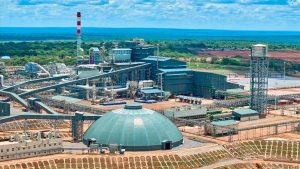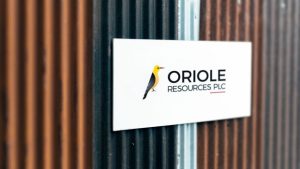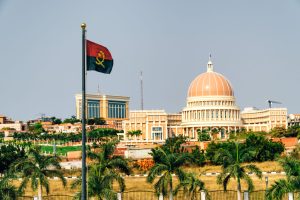Zambia’s copper fantasy
One of Zambia’s key economic policies is based on little more than wishful thinking.
As the world gears up for a transition to renewable energy, a copper boom is on the horizon. Zambia’s government believes it is poised to reap the benefits as green energy technologies all require large quantities of copper.
“The buzzword is that copper will be as lucrative as oil was in the mid-1970s,” said Finance Minister Situmbeko Musokotwane during his 2022 budget speech. “It is now time to ramp up production.”
Musokotwane used the occasion to announce a major new economic policy: Zambia will aim to increase annual copper production from the 760,000 tonnes mined in 2022 to 3mt by 2030.
The country’s economy is heavily dependent on copper mining, which provides around 70% of export revenues.
Quadrupling the country’s key export at a time of historically high copper prices by the end of the decade could transform Zambia’s economy.
President Hakainde Hichilema has publicly reiterated the target as a ‘new dawn’ for the economy and the key to industrial development and job creation.
Where will all this new copper come from? The government’s strategy paper about how this target of 3mt will be achieved has few convincing answers.
The strategy document identifies three main sources for rapidly increasing production:
- expanding existing mines,
- opening new mines and
- reprocessing material from the dumps left by over a century of mining.
This will all be facilitated by a more stable investment climate, swift resolution of any disputes in the sector and better geological mapping that will reveal more deposits.
Under this strategy, the ministry of mines anticipates that existing copper mines will increase their production by over 1mt over the next seven years.
Yet none of the country’s mines have expansion plans or announced investment that will reach anywhere near this level of increase. Several have been operating since the 1920s and don’t have the capacity to suddenly boost output.
Shaky prospects
There is also a huge discrepancy between the government’s forecasts and what the companies themselves project for future production.
First Quantum Minerals, for instance, have been publicly supportive of Hichilema’s government and announced last year that they would invest an additional $1.25bn in Kansanshi Mine, a decision they attributed to their ‘renewed confidence’ in mining.
This expansion could boost the mine’s output to 250,000 tonnes, but this figure is still far below the government’s own estimate that the mine will soon be producing 300,000 tonnes.
The prospect of Zambia getting 800,000 tonnes of copper from new mines is even shakier. The ministry of mines forecasts that 17 new mines will open in 2026 and all of these will quadruple their production within four years.
Zambia has a history of announcing ambitious mining targets that proved unattainable
According to the strategy document, seven of these new mines will be developed by Bountiful Blessing Investments Limited, a company about which there is almost no public information available.
It stretches credulity that this company will be responsible for over 10% of the country’s copper output within the next seven years.
Zambia has a history of announcing ambitious mining targets that proved unattainable. Back in 2014, the ministry of mines announced that copper output would reach 1.5mt the following year.
This was replaced with a more modest aim of reaching 1mt by 2018, but this too was never reached. This trend has continued following the election of the United Party of National Development in 2021.
Shortly after his appointment as finance minister, Musokotwane declared that the country would produce at least 2mt in 2026, subsequently scaled back to 1.6mt. Policy in the sector has long been based on the notion of an imminent boom that has never arrived.
Instead, Zambia’s mining sector has been stagnant for the last decade and the country has so far failed to take advantage of high copper prices. The latest forecast for 2023 released by the ministry of finance in July predicts copper production will decline to 682,000 tonnes this year, lower than it was in the early 1970s.
The government has attributed this stagnation to the inconsistent taxation policies of the previous Patriotic Front government, and there is some truth to this. President Edgar Lungu’s government was frequently antagonistic towards the industry and initiated a protracted legal battle to liquidate one of the country’s largest copper producers.
Not enough time
Hichilema has emphasised that “predictability, security and stability for investment” for the mining sector will boost investment and ramp up production. The government cut direct taxes on mining companies in 2022 by making mineral royalties deducible from corporate income tax and some companies responded by increasing investment.
There are indications that prospects for the mining sector are improving. During his visit to Zambia at the beginning of August, British Foreign Secretary James Cleverly announced that the United Kingdom would aim to generate up to £2.5bn ($3.1bn) in investments for Zambia’s mining sector under the United Kingdom—Zambia Green Growth Compact signed in 2021.
One British company Moxico Resources has already invested $100m in a new mine and expects to begin production in 2025.
Still, this is not quite the government’s promised bonanza. Even with the most favourable policies in the world and several billion dollars ready investment, there is not enough time to achieve the government’s targets in such a short timescale. Indeed, no copper producer has ever achieved such a rapid increase in production within seven years.
Currently, it takes an average of 10 years to develop a new underground copper mine, and 12 years for an open pit mine. Some take much longer. The protracted delays with opening Kangaluwi Mine in the Lower Zambezi National Park in southern Zambia are a case in point.
The mine’s Australia-based owner was first granted an exploration licence in 2003 and a mining licence in 2011. Since then, efforts to begin production have been embroiled in a series of court battles over its environmental impact.
There is no realistic pathway to achieve the target of 3mt and the central importance of copper to Zambia’s economy gives this policy failure a wider significance.
Positive growth forecasts for the 2020s are based on the assumption that copper production will rise. The IMF sees mining as the major driver of economic growth in the near future. Its forecast for Zambia’s overall GDP growth from 2024-26 is 4.5% and forecasts the mining sector will grow by 8.3% annually over the same period. The lack of the anticipated mining boom could drag the economy into a decade of sluggish growth.
Ironically, however, failure to meet overly-ambitious mining targets might be less of a problem for debt repayments under the recently-agreed debt restructuring deal. After lengthy negotiations, Zambia reached a deal with creditors, including China, in June to restructure $6.3bn in external debt.
Under this deal, the new repayment schedule and interest rates on outstanding debt are dependent on the country’s economic performance. If Zambia is upgraded from ‘weak’ to ‘medium’ in the IMF’s Sustainability Debt Framework then repayments and interest rates will increase.
The additional billions of dollars in revenue generated by more than doubling copper production would undoubtedly boost the country to ‘medium’ status.
Potential implications
It is not only Zambia that needs copper. Global demand for copper is forecast to double by 2035 with the growing adoption of electric vehicles, solar panels, wind farms along with the expansion of transmission and storage infrastructure. All of these require substantial amounts of copper.
Zambia is one of the world’s largest copper producers and a failure to boost production will have consequences for renewable energy targets elsewhere in the world. There are already growing concerns that copper supplies will not meet rising demand.
Cutting carbon emissions fast enough to meet climate goals may not be possible without sufficient supplies of copper. Zambia’s government does not have a credible plan to meet this demand and benefit from an impending global supply crunch.
Western countries, in particular, have been looking to Zambia as a potential supplier of critical minerals for the green transition as they look to diversify supplies away from China. Cleverly’s visit, the first by a British Foreign Secretary to Zambia in over 30 years, underscores this new strategic importance.
The United States has also expressed support for Zambia’s target of producing 3mt of copper and has provided investment to improve infrastructure to direct exports to Atlantic ports. If the hoped-for metals are not forthcoming in the required quantities, this has potential implications for the whole world.
The lack of credible plans for the country’s most important economic sector raises serious questions over policymaking, and questions over who is the intended audience for such grandiose targets. Voters will be disappointed by the lack of jobs and economic growth, mining companies and investors will be sceptical and countries that need metals will go lacking.
Share this content:


